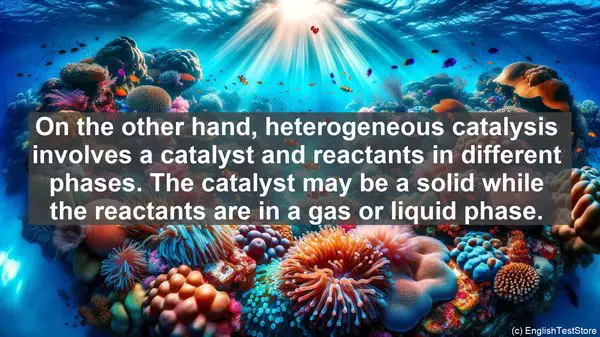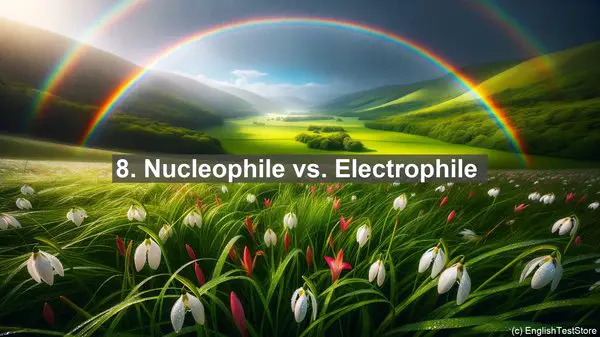Introduction
Welcome to this special lesson on organometallic chemistry. Today, we’ll be diving into the world of commonly confused words. Let’s get started!
1. Ligand vs. Complex
One of the first things we encounter in organometallic chemistry is the terms ‘ligand’ and ‘complex.’ While a ligand is a molecule or ion that donates electrons to a metal, a complex is the resulting structure formed by the metal and the ligand. So, think of ligands as the ‘donors’ and complexes as the ‘receivers.’

2. Homogeneous vs. Heterogeneous Catalysis
Catalysis is a crucial aspect of organometallic chemistry. Homogeneous catalysis involves a catalyst and reactants in the same phase, usually a solution. On the other hand, heterogeneous catalysis involves a catalyst and reactants in different phases. The catalyst may be a solid while the reactants are in a gas or liquid phase. So, it’s the ‘same phase’ vs. ‘different phase’ distinction here.
3. Activation vs. Deactivation
Activation and deactivation refer to the state of a catalyst. Activation occurs when a catalyst becomes active, initiating a reaction. Deactivation, as the name suggests, is the opposite. It happens when a catalyst loses its activity, often due to poisoning or fouling. So, activation is the ‘starting point’ while deactivation is the ‘end point’ for a catalyst.
4. Oxidation vs. Reduction
Oxidation and reduction are fundamental processes in chemistry. In organometallic chemistry, oxidation refers to the increase in the oxidation state of a metal, while reduction refers to the decrease. So, oxidation is the ‘gain’ of electrons, and reduction is the ‘loss’ of electrons.
5. Chelate vs. Monodentate
When a ligand forms multiple bonds with a metal, it’s called a chelate. The bonds between the ligand and the metal are known as chelating bonds. In contrast, a monodentate ligand forms only one bond with the metal. So, chelate ligands have multiple ‘grasps’ on the metal, while monodentate ligands have just one.
6. Homoleptic vs. Heteroleptic
These terms describe the composition of a complex. A homoleptic complex contains only one type of ligand, while a heteroleptic complex has multiple types of ligands. So, think of ‘homo’ as ‘same’ and ‘hetero’ as ‘different’ when it comes to ligand composition.
7. Synthesis vs. Decomposition
Synthesis and decomposition are opposite processes. Synthesis involves the formation of a compound from simpler substances, while decomposition is the breakdown of a compound into simpler substances. So, synthesis is the ‘building up’ process, and decomposition is the ‘breaking down’ process.
8. Nucleophile vs. Electrophile
Nucleophiles and electrophiles are key players in many reactions. A nucleophile is an electron-rich species that donates electrons, while an electrophile is an electron-deficient species that accepts electrons. So, nucleophiles are ‘givers,’ and electrophiles are ‘takers’ in terms of electrons.
9. Ligand Substitution vs. Ligand Addition
In a ligand substitution reaction, one ligand is replaced by another. It’s like a ‘swap’ between ligands. In contrast, ligand addition involves the addition of a new ligand to a complex. So, substitution is the ‘replacement,’ and addition is the ‘introduction’ of a ligand.

10. Coordination Sphere vs. Sphere of Influence
The coordination sphere refers to the central metal ion and the ligands directly bonded to it. It’s like the ‘inner circle’ around the metal. On the other hand, the sphere of influence includes not only the ligands in the coordination sphere but also those that interact with the complex. So, think of the coordination sphere as the ‘core’ and the sphere of influence as the ‘extended region’ around the complex.
